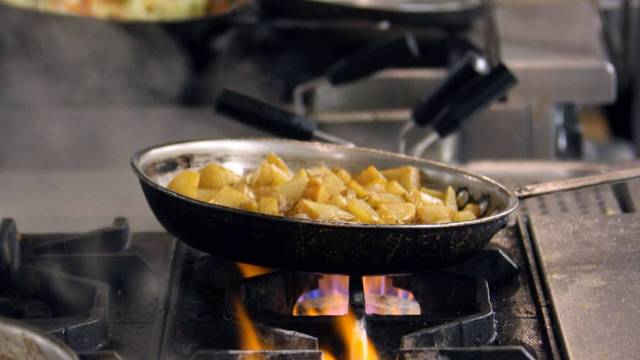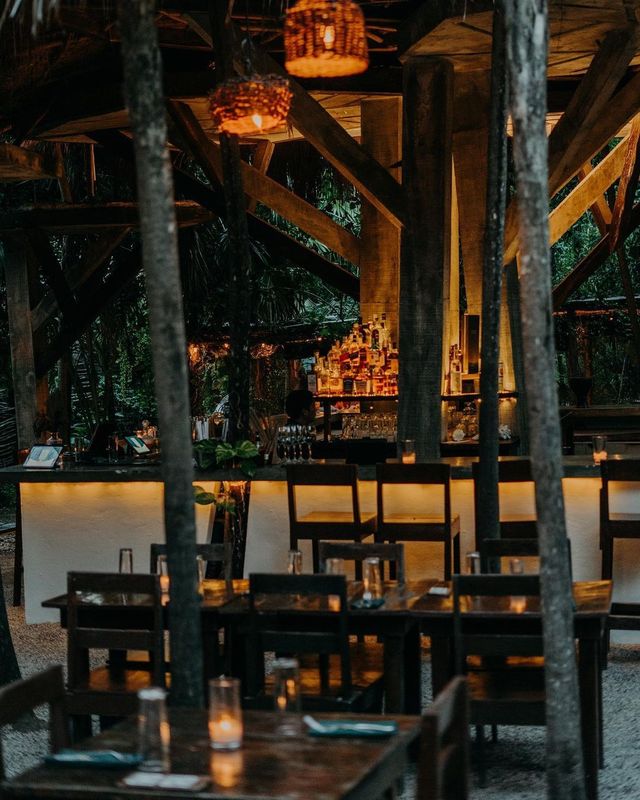Chinese Food Islamabad: Take Pleasure In Genuine Chinese Cuisine at its Best
Chinese Food Islamabad: Take Pleasure In Genuine Chinese Cuisine at its Best
Blog Article
Savor Genuine Oriental Food With a Pan-Asian Twist for a Cooking Experience
Getting started on a culinary journey through genuine Oriental food, boosted with a Pan-Asian twist, uses an one-of-a-kind possibility to check out the rich tapestry of tastes that define the area's diverse cooking practices. As you consider these attracting dishes, consider the cultural narratives and historic influences that shape them, each bite supplying a tale waiting to be uncovered. asian restaurant isb.

Checking Out Pan-Asian Tastes
In the world of international gastronomy, Pan-Asian food sticks out for its remarkable variety and the unified interaction of tastes from different Asian societies. This cooking method commemorates the rich practices and distinct ingredients discovered across the continent, creating a tapestry of tastes that is both intriguing and gratifying. Key to Pan-Asian food is its ability to stabilize contrasting flavors-- wonderful, salted, spicy, and sour-- while highlighting the freshness and top quality of each ingredient.
From the umami-rich soy sauce of Japan to the fiery chili peppers of Thailand, Pan-Asian cuisine offers a considerable palette of tastes. These elements are typically integrated in innovative ways, boosting meals with layers of complexity. For instance, the usage of great smelling herbs such as lemongrass and cilantro, typical in Vietnamese and Thai food, adds a refreshing brightness to recipes, while the consolidation of coconut milk provides a velvety, abundant texture.
The focus on fresh produce and fragrant seasonings guarantees that each dish is not only a feast for the taste but likewise for the detects. Pan-Asian cuisine invites restaurants to embark on a culinary trip, checking out the huge and varied landscapes of Oriental gastronomy with every bite.
Fusion Dishes to Try
While Pan-Asian food is commemorated for its conventional flavors, the modern-day culinary landscape is increasingly welcoming fusion dishes that mix these traditional components with impacts from various other areas. This ingenious approach not only honors the abundant heritage of Oriental culinary arts yet likewise introduces novel taste experiences that interest contemporary tastes buds.
A prime instance of such a combination recipe is the Korean-Mexican taco, where seasoned bulgogi beef is covered in a warm tortilla, covered with kimchi and a spicy gochujang-infused salsa. This mix weds the bold, savory tastes of Korea with the dynamic, fresh components of Mexican cuisine. Likewise, sushi burritos have obtained popularity, integrating the fragile artistry of Japanese sushi with the hearty, hand-held ease of a burrito, commonly including blend components like tempura shrimp and avocado with a drizzle of wasabi mayo.
An additional significant dish is Thai curry ramen, which instills the creamy, aromatic flavors of Thai curry right into the reassuring brew of conventional Japanese ramen, producing an unified mix that tantalizes the detects. These blend meals expand beyond plain uniqueness; they stand for a cooking discussion in between cultures, encouraging exploration and development on the planet of Pan-Asian cuisine.
Necessary Active Ingredients and Spices
To really appreciate Pan-Asian food, one have to understand the crucial ingredients and spices that form its foundation. This varied cooking design draws from a rich tapestry of Oriental traditions, employing an unified blend of tastes and textures.
Fragrant aspects are essential, with garlic, lemongrass, and ginger being common across various Pan-Asian recipes. These active ingredients provide a great smelling base that improves the intricacy of flavors. Seasonings such as star anise, cardamom, and cinnamon present warmth and character, resembling influences from regions like China and India.

Cooking Methods and Tips
Grasping the art of Pan-Asian food requires experience with its distinctive food preparation techniques, each adding to the vivid tapestry of tastes this culinary practice is celebrated for. Central to these techniques is the stir-fry, a rapid cooking method that maintains the dietary honesty and brilliant colors of components. Utilizing a wok, the stir-fry method enables even heat distribution, important for achieving the particular texture and flavor balance of Pan-Asian dishes.
Another essential method is steaming, especially common in Chinese cuisine. This gentle technique maintains the natural tastes and nutrients of ingredients, making it suitable for seafood and vegetables. Dumplings, a cherished staple, usually profit from steaming, causing soft, delicious appearances.
Cooking, likewise essential, passes on smoky depths to recipes such as Oriental bulgogi or Japanese yakitori (pan asian hour restaurants near me dining Islamabad). This technique often entails seasoning active ingredients, enabling tastes to permeate deeply before cooking over an open flame or warmer
Finally, mastering the art of stabilizing tastes-- wonderful, sour, salted, bitter, and umami-- is vital. Correctly layering these aspects can elevate a recipe from regular to phenomenal, offering a facility and satisfying cooking experience that embodies the essence of Pan-Asian cuisine.
Eating Experiences Worldwide
Around the world, Pan-Asian cuisine provides an unmatched dining experience, commemorated for its rich tapestry of flavors and dynamic discussions. This culinary sensation has gone beyond cultural limits, recording the hearts and tastes of food enthusiasts worldwide. In cosmopolitan cities fresh York, London, and Sydney, Pan-Asian dining establishments function as fusions where culinary traditions from Thailand, Japan, China, and beyond converge, supplying restaurants with a diverse mix of dishes that highlight the region's variety.
The worldwide charm of Pan-Asian food exists in its capability to offer both authenticity and advancement. Cooks skillfully marry traditional ingredients such as lemongrass, soy sauce, and miso with contemporary strategies, leading to dishes that are both refreshingly new and familiar. This blend permits diners to get started on a cooking trip that values heritage while accepting modernity.
Additionally, dining experiences are raised via thoughtfully created settings that reflect the values of Pan-Asian aesthetic appeals. From minimal Japanese-inspired insides to vivid Thai-themed rooms, each restaurant uses a distinct ambiance that enhances the culinary offerings. Consequently, patrons are not simply taking in a meal yet partaking in a cultural experience, making Pan-Asian eating a really global phenomenon.
Conclusion
The exploration of Pan-Asian food supplies a profound understanding of the elaborate interaction of flavors and cooking customs throughout Asia. By accepting fusion dishes such as Thai curry ramen and sushi burritos, the cooking journey not only highlights the versatility of standard ingredients however likewise showcases innovative contemporary techniques. This gastronomic journey, enhanced by cooking techniques and important seasonings, provides an one-of-a-kind possibility to value the multiculturalism and cooking artistry that define Pan-Asian food on a global range.
Getting started on a culinary journey with authentic Oriental food, improved with a Pan-Asian twist, offers a special opportunity to discover the rich tapestry of tastes that define the region's diverse cooking practices.In the world of global gastronomy, Pan-Asian cuisine stands out for its impressive variety and the harmonious interplay of tastes from numerous Oriental cultures. Key to Pan-Asian Discover More Here cuisine is its capacity to stabilize different flavors-- pleasant, salty, spicy, and sour-- while highlighting the freshness and quality of each ingredient.

Report this page